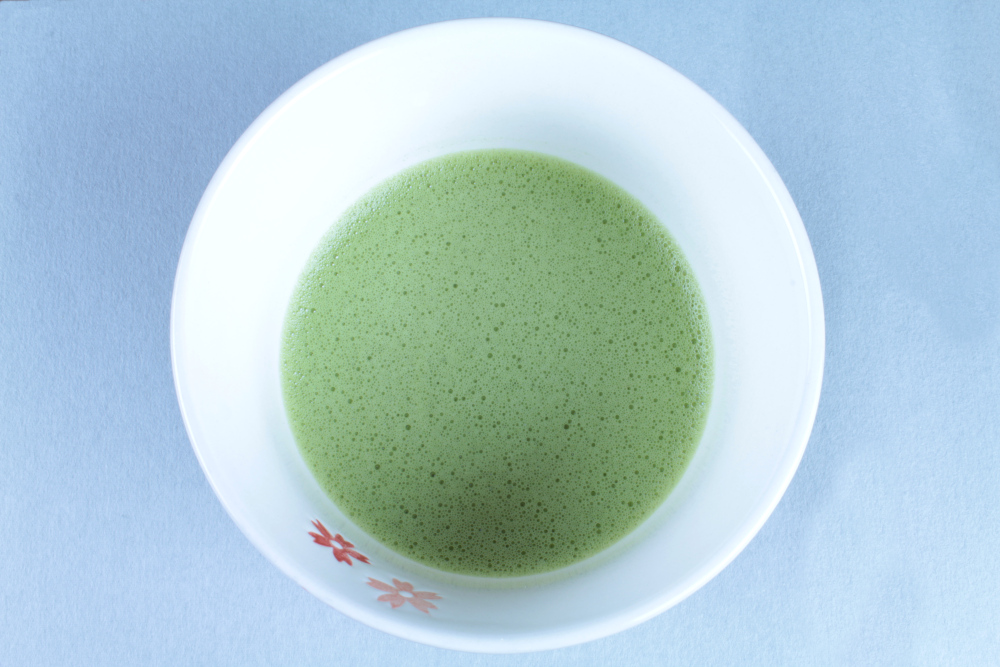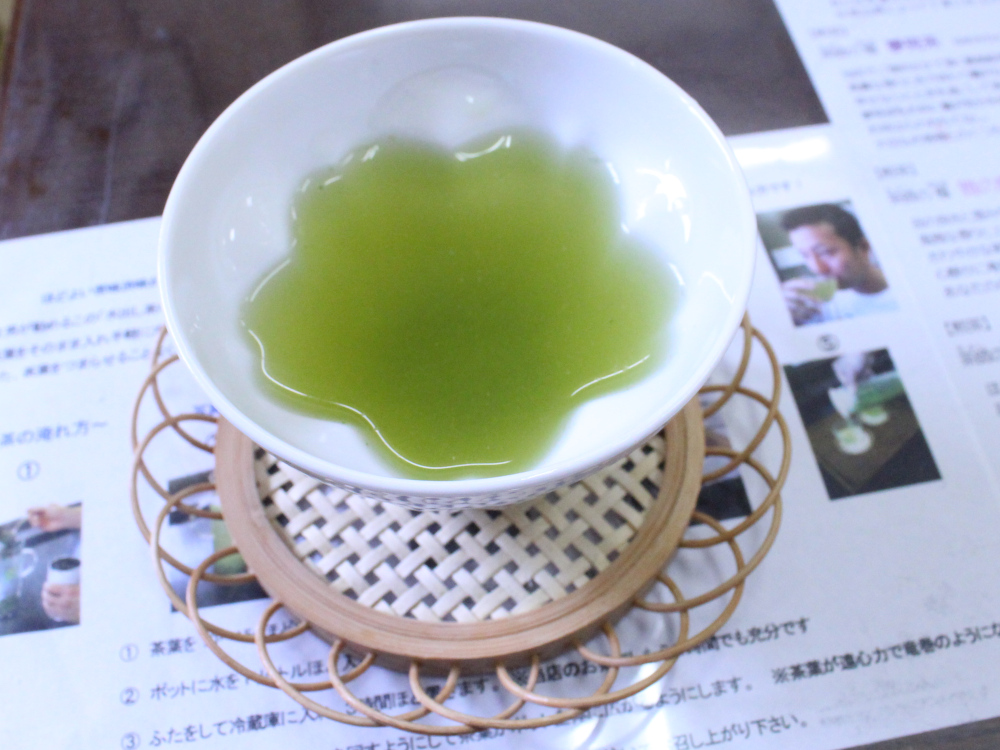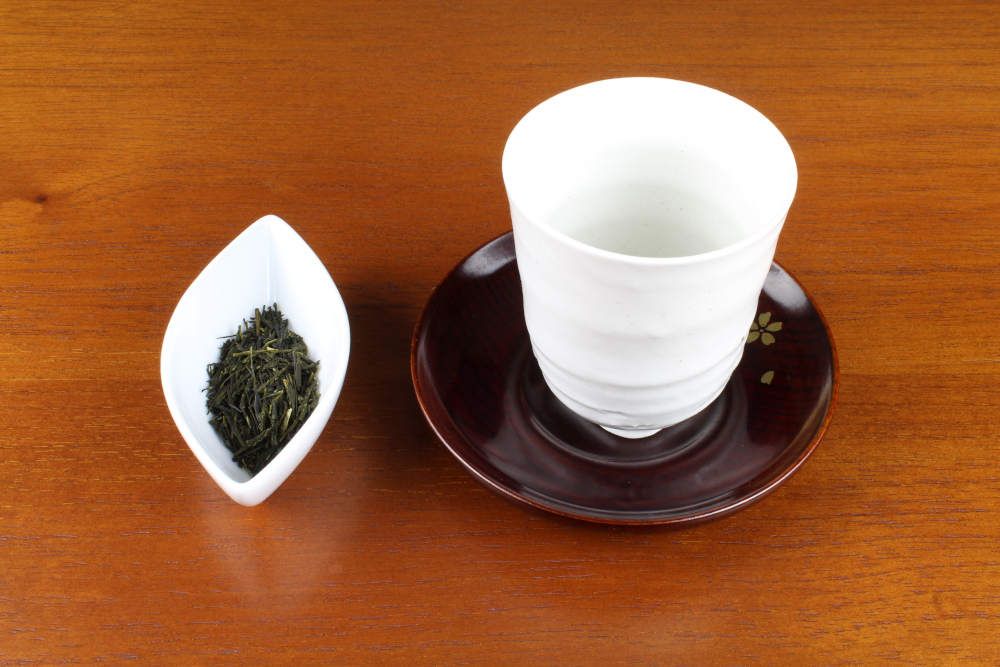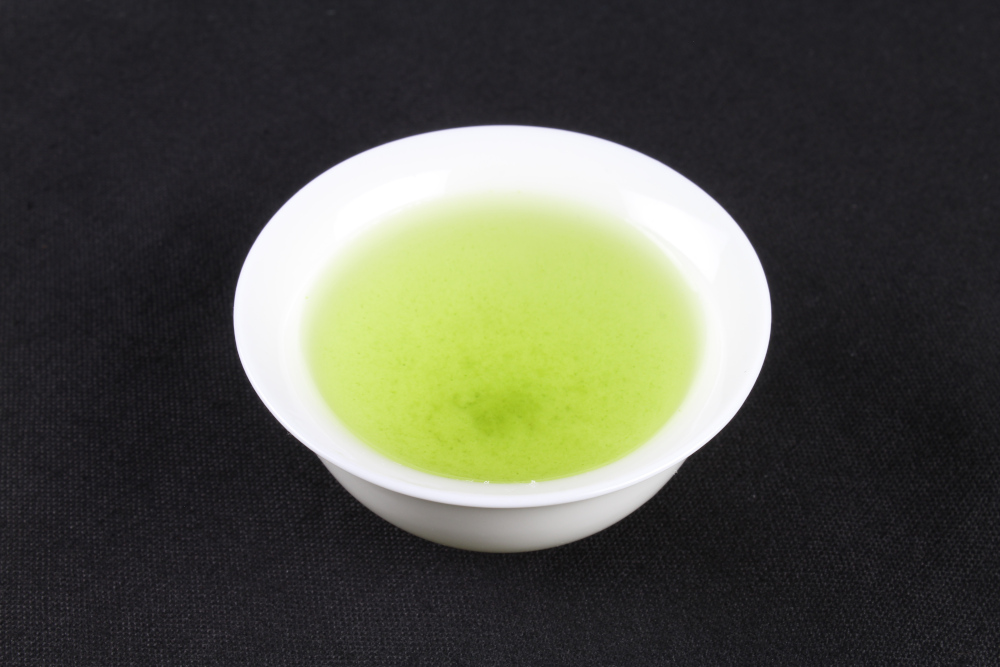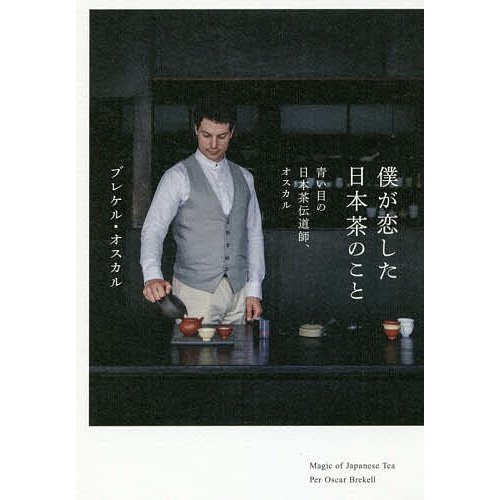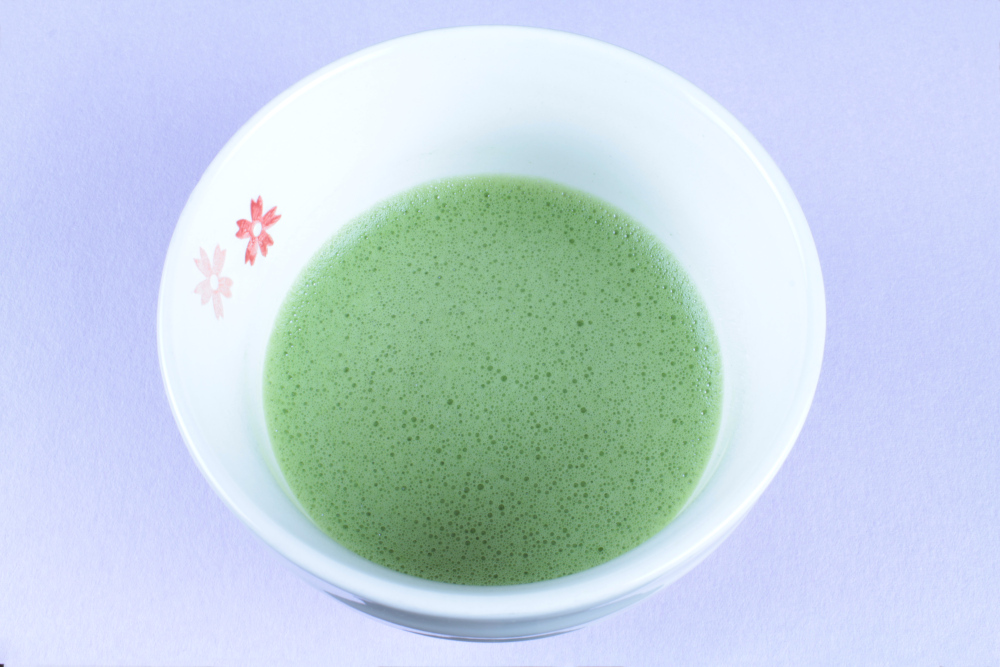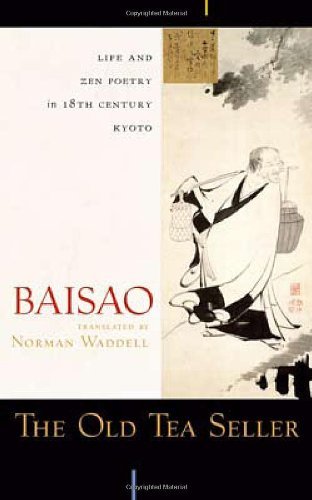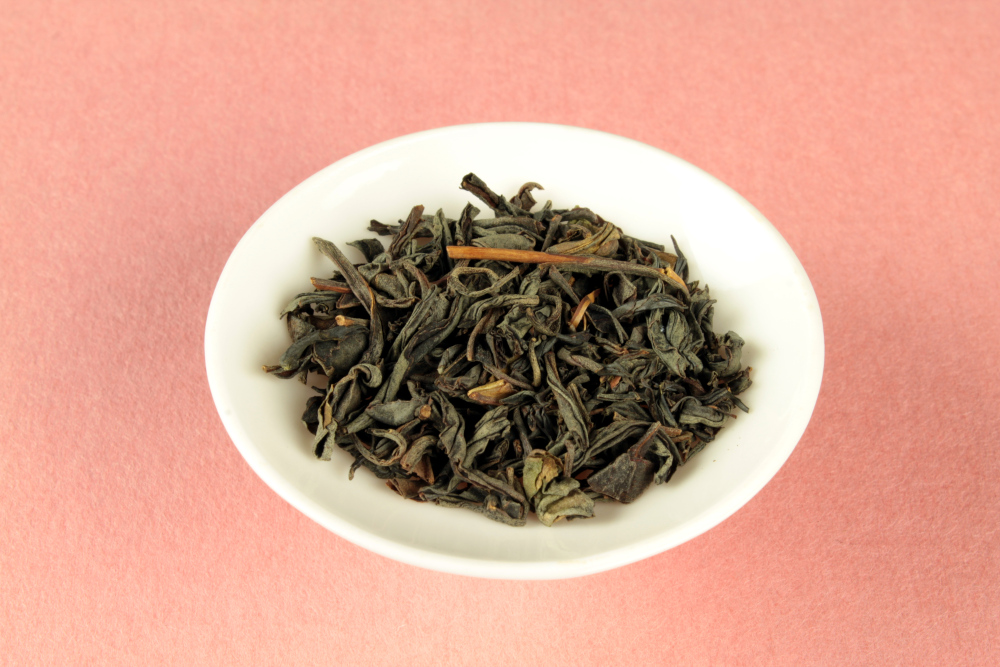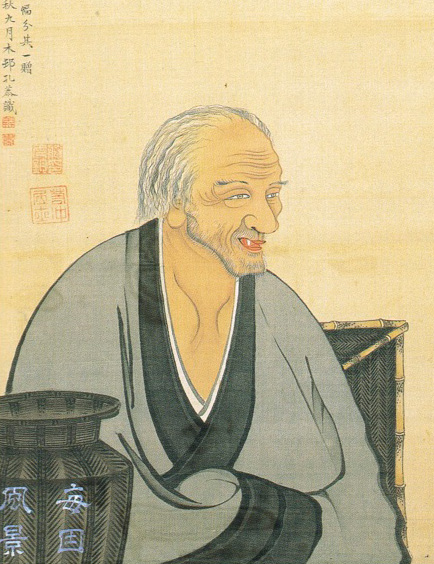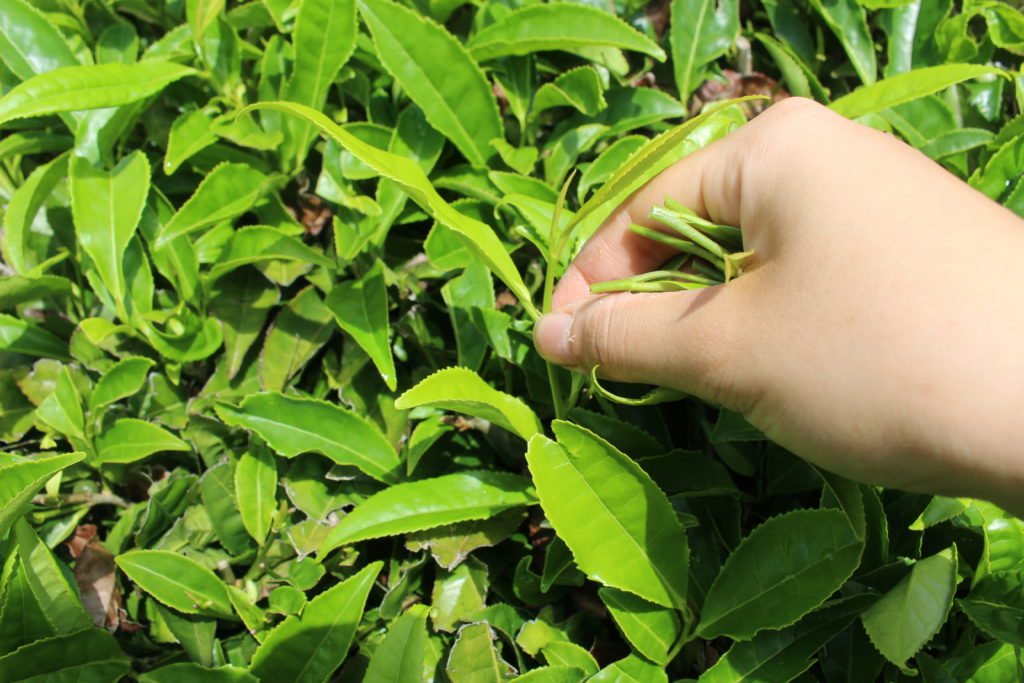This matcha from Suisouen comes from Kagoshima prefecture and is JAS organic certified. Many thanks to Webexpoo for giving me this tea. Suisouen is a tea company in Azumino,...
Pectin in Green Tea
Pectin is a polysaccharide commonly found in the cell walls of plants. It is a type of water-soluble dietary fiber. In the food industry it’s used as a gelling...
A Method for Infusing Sencha in Boiling Water
I learned about this from Oscar Brekell’s book: Magic of Japanese Tea. He has a method in case that one wants to drink a sencha in boiling water (as...
Sugimoto Tea Sencha Asatsuyu
I received this sample from Sugimoto Tea. It’s not on their online tea store. Single cultivar sencha is something that they’re trying out with their wholesale clients. Asatsuyu is...
Magic of Japanese Tea (Book Review)
I’m a big fan of Oscar Brekell. He is a tea celebrity in Japan, to a degree that is unheard of in the Western world. Oscar has written three...
The Minamikaori Tea Cultivar
Minamikaori (みなみかおり) means “south aroma”. It refers to Miyazaki prefecture, which is where this cultivar was developed. Its purpose is sencha production, but while researching online I noticed that...
Hotta Katsutaro Shoten Organic Matcha
I had this sample lying around for a long time, but hadn’t opened the package until now. I’m glad I did because I liked it a lot 🙂 Since...
The Reason Why Matcha is Healthy
I often get asked what’s the healthiest green tea, and the short answer I usually give is that it’s matcha. But in this post I’ll explain in detail why...
The Old Tea Seller: Life and Zen Poetry in 18th Century Kyoto (Book Review)
While writing the post about Baisao, the “old tea seller”, I learned of this book. Because Baisao was such an interesting and influential person, I bought the book on...
The Tea Crane Organic Seed-Grown Black Tea
I’ve never had the chance to taste a green tea from the Yamatomidori cultivar, but at least I was able to taste a black tea made from bushes grown...
Baisao: The First Senchado Master
For centuries, matcha accounted for most of the tea drank in Japan. This would change in the 18th century, in large part by the efforts of a traveling monk...
The Hatsumomiji Tea Cultivar
Hatsumomiji (はつもみじ) refers to the first maple leaves to turn red in autumn. This was the first hybrid between a Japanese native tea plant and a black tea cultivar...

